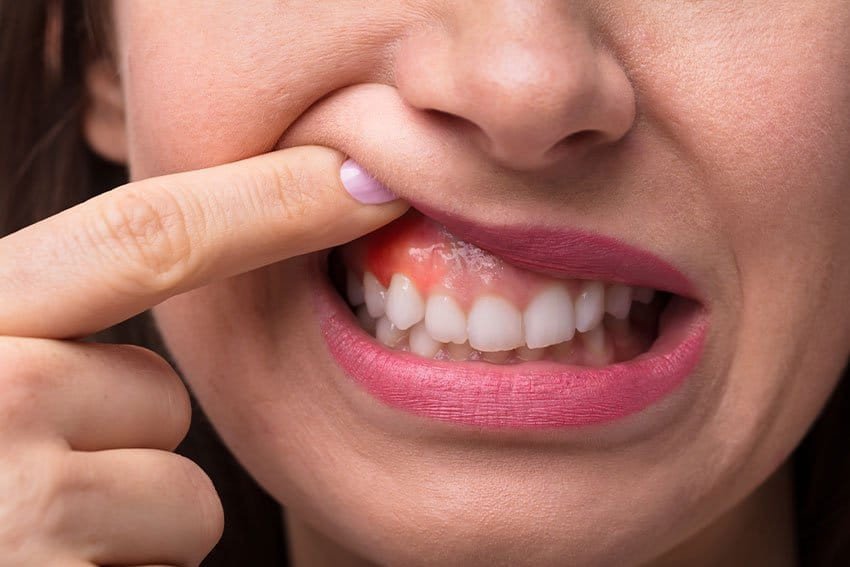Graphene Shows Promise as a New Tool to Fight Oral Disease

Dentistry uses antibiotics to help prevent or fight infections in your mouth. You may be prescribed antibiotics to help with an abscess under a tooth, combat gum disease, or to prevent infection after major dental work such as oral surgery or the placement of a dental implant. Although antibiotics can help protect your health, the misuse of antibiotics over the last few decades has lead to the development of antibiotic resistant bacteria. Current antibiotics are effective, and researchers are looking for ways to stay ahead of the antibiotic resistance. Some of the bacteria that cause gum disease and tooth decay may also be resistant to many antibiotics. A recent study found that graphene oxide might have some application not only as a new antibiotic, but also as a means for fighting oral disease.
Antibiotic Resistance is Growing
Most antibiotics work by damaging bacteria cells and preventing them from reproducing. When you take antibiotics, it is important to take the full prescription in order to kill off all of the bacteria. If you stop taking the antibiotic because you feel better, surviving bacteria may produce new cells that have a resistance to the antibiotic.
Antibiotic resistance is a worldwide threat. Bacteria is becoming resistant to antibiotics at an alarming rate, increasing the length of time that people are sick for and raising the risk of death. The World Health Organization (WHO) reported on April 29th that around the world, efforts to combat this growing problem are insufficient. Of the 133 countries that participated in a survey from WHO, only 34 have a comprehensive action plan to slow antibiotic resistance. An essential key to combatting these rapidly changing bacteria strains is staying ahead of the game. Medical researchers are always working to develop new medication to kill bacteria.
Graphene Shows Promise for Use in Dentistry
Researchers tested graphene oxide on bacteria linked to tooth decay and gum disease in a sterile lab environment. They found that graphene effectively slowed the progression of the bacteria. Their results are promising for graphene’s future use in dentistry, but further testing is needed first. If graphene continues to prove as effective in later tests as in this recent one, dentists will have another weapon in the battle against oral disease.
Preventative Care
In their report on the increasing risk of superbugs, the WHO states that preventative care can also help slow the development of superbugs. Preventing infections from forming is better than combating them with antibiotics after they develop because it eliminates the risk of creating more virulent strains of the bacteria. Brushing and flossing at least twice a day paired with regular dental cleanings can help reduce your risk of tooth decay and gum disease.
If you experience gum bleeding or swelling (indicative of gingivitis), an oral exam could help catch any developing gum disease. Early detection and gum therapy can help to protect your health before antibiotics become necessary, and prevent tooth loss or bone damage caused by advanced gum disease. Any problems that develop in your mouth can have a negative impact on your overall oral health, so it is important to take care of your teeth and gums.
To learn more about how you can protect yourself from oral disease or infections, please call (918) 528-3330 to meet with a Tulsa dentist.

élan Tulsa Cosmetic Dentistry
10031 S Yale Ave #104
Tulsa, OK 74137

